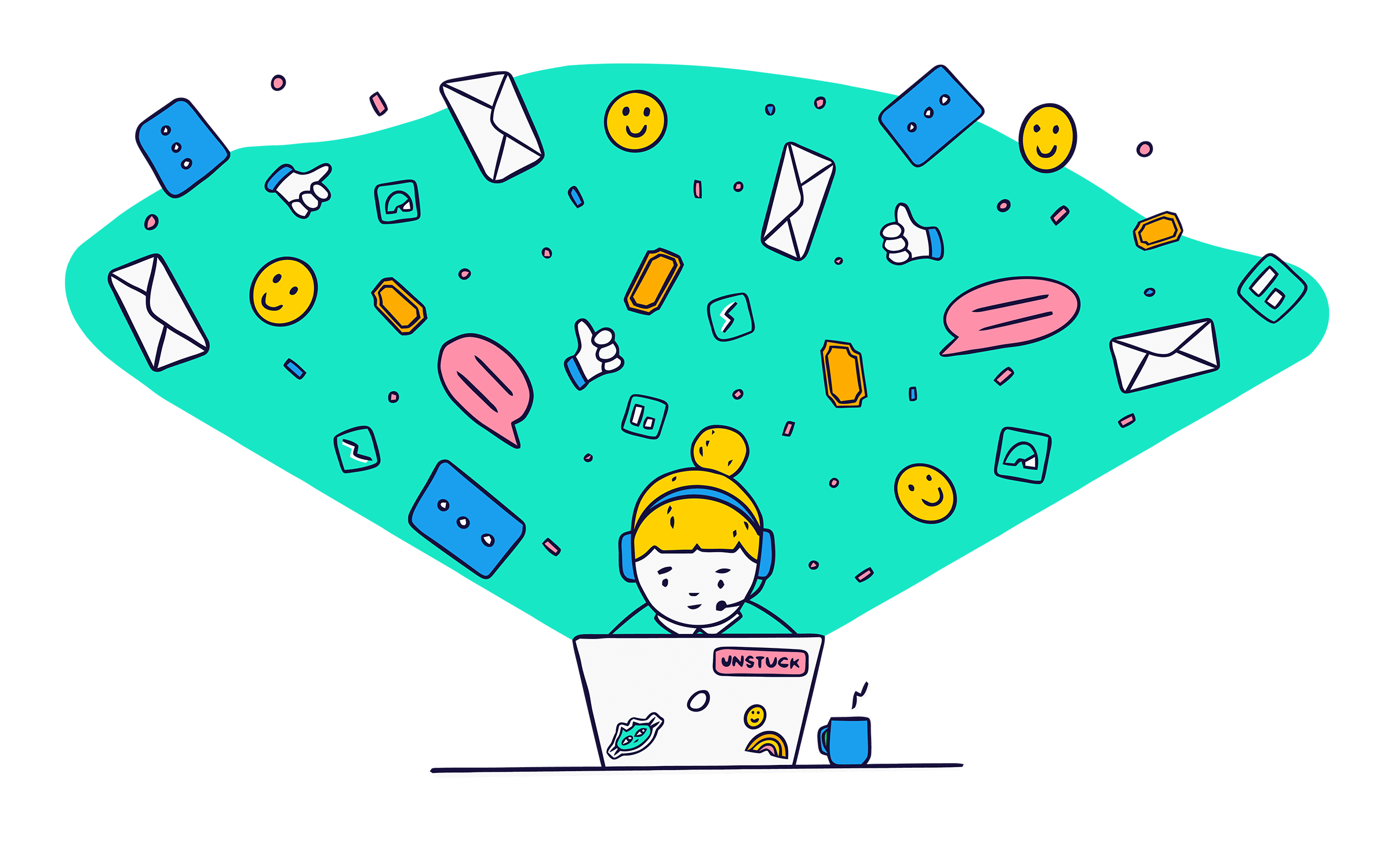Building and running a customer support operation that consistently keeps customers happy is hard. With shifting customer expectations and an expanding suite of channels to juggle, feeling bogged down or not knowing where to focus your energy is completely normal. Unstuck is here to help.
From teamwork to tooling, Unstuck is a database of little tips, sage advice and big ideas from CS professionals, that will help any customer service team switch things up and take their game to the next level.
We hope it unsticks something for you.

